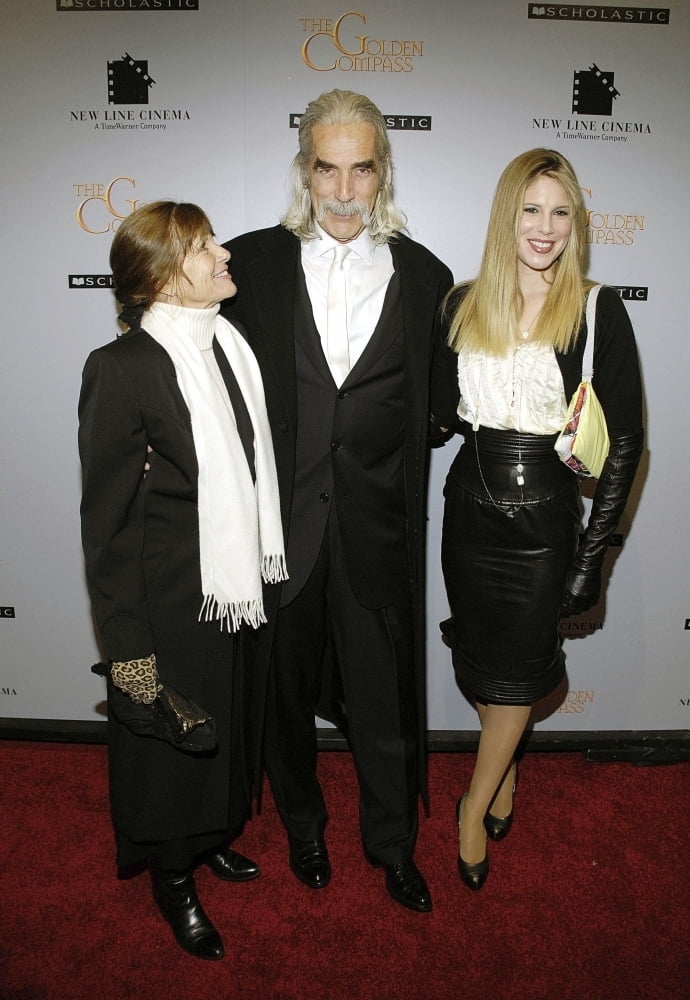Can action movies ever truly adhere to a set of rules? The answer lies in the realm where chaos meets creativity. A bold statement indeed, but one that resonates deeply within the hearts of cinephiles who revel in the adrenaline-pumping sequences and larger-than-life characters that define this genre. From Pvt. Hudson's unforgettable declaration in Aliens (1986) to the countless other cinematic masterpieces that have graced our screens, the concept of an ultimate badass has evolved over time. These films often blend elements of horror, science fiction, and pure action into a heady mix that captivates audiences worldwide.
The ULTIMATE BADASS optional rules pamphlet for the Mothership Sci-fi Horror RPG (1e) is a prime example of how these genres intersect. By injecting over-the-top action into what would otherwise be a tense and terrifying experience, it offers players a chance to embody characters who are not only survivors but also unstoppable forces. This fusion creates a unique gaming environment where strategy meets spectacle, much like the best action movies do. Yet, as we delve deeper into the mechanics of such games and films, certain principles emerge—rules if you will—that govern their creation and appeal.
| Bio Data | Details |
|---|---|
| Name | Private Hudson |
| Date of Birth | Fictional Character |
| Place of Origin | Earth |
| Career | Marine Corps |
| Professional Information | Known for his bravado and memorable lines in Aliens (1986). For more details, visit IMDb. |
In the world of cinema, time travel movies stand apart due to their intricate plots and complex narratives. Often grounded in scientific theories, they challenge viewers to think beyond conventional storytelling structures. Among the many titles available, some have garnered both praise and criticism depending on how well they handle these theoretical underpinnings. For instance, Interstellar’s approach to time dilation and its implications was praised for making logical sense despite being rooted in speculative physics. Such films remind us that while time travel remains fictional, the rules governing it within each story must be consistent and believable for maximum impact.
Lorelai Gilmore’s Movie Rules offer another perspective entirely—a lighthearted yet insightful commentary on enjoying films at home. Her quirky guidelines serve as a delightful reminder that watching movies doesn’t always need to be serious business; sometimes, it’s about creating shared experiences with loved ones. Whether it’s insisting everyone agrees on snacks beforehand or banning interruptions during pivotal scenes, Lorelai brings humor and warmth to something most people take for granted.
Jessi Davin’s endorsement of X further illustrates the diversity inherent in opinions about movies. In her tweet, she emphasizes not just the film itself but also the importance of subtitles in enhancing accessibility and enjoyment. This highlights a growing trend towards inclusivity in media consumption, ensuring that everyone can participate fully regardless of language barriers or hearing impairments. It’s a testament to how modern audiences value content that caters to all possible viewers.
Released in 2022, Movie Rules stands out as a noteworthy addition to discussions around filmography. As part of ongoing conversations about what makes good cinema, this title invites reflection on established norms versus innovative approaches. While traditionalists might cling to age-old techniques, innovators push boundaries by experimenting with form and function. Ultimately, whether adhering strictly to pre-existing frameworks or breaking free from them altogether, successful films manage to strike a balance between novelty and familiarity.
Back in the realm of data analysis, naming models appropriately helps streamline processes significantly. When working within RStudio using libraries such as 'arules', converting rule sets into manageable formats becomes essential. Here, assigning the name MovieRules ensures clarity throughout subsequent operations involving said dataset. Through functions like DATAFRAME(), researchers transform raw information into structured tables suitable for further examination. Such practices underscore the significance of organization in analytical workflows, mirroring how filmmakers meticulously plan every aspect of production to deliver polished final products.
As we continue exploring intersections between different disciplines—be it gaming, filmmaking, or statistical modeling—it becomes increasingly clear that underlying patterns connect seemingly disparate fields. Each discipline possesses its own set of unwritten rules dictating success, yet flexibility remains key. Just as Private Hudson declared himself ready for battle, so too must creators remain adaptable when crafting stories meant to resonate across generations. After all, isn’t that what makes great art timeless?



